A reader commented that the Nikon 70-200 f/2.8 GII ED is a superior lens to the Sony 70-200 f/4 G OSS FE. In fact, he went so far as to say:
The OSS 70-200 is not a very good lens and doesn’t compare to the Nikon 70-200 2,8 in any way that I could tell.
I had not found that to be the case, but this provided me with the opportunity for a head-to-head test, which I’d never done before.
This is not a perfect test, because of thermal atmospheric effects degrading the images, so some differences between the two lenses may appear to be smaller in these tests that would be the case if the test had been performed at dawn.
I chose the Sony a7RII, and adapted the Nikon lens to it with a Novoflex G adapter. I focused in the center, with the lens wide open. I figure that most people will use lenses like this in autofocus mode, and that means that, on Nikon bodies, the Nikon lens will be focused wide open always, and, on the Sony a7RII, the lens will be focused wide open at least initially. By the way, focus shift appears to be negligible, at least if focused with a wider aperture than shot. Also by the way, both lenses are very close to parfocal.
Electronic first-curtain shutter (EFCS) was employed for all the exposures. I used a five second self timer delay.
I tested the lenses at 200mm first.
Here’s the scene with the Nikon lens wide open:
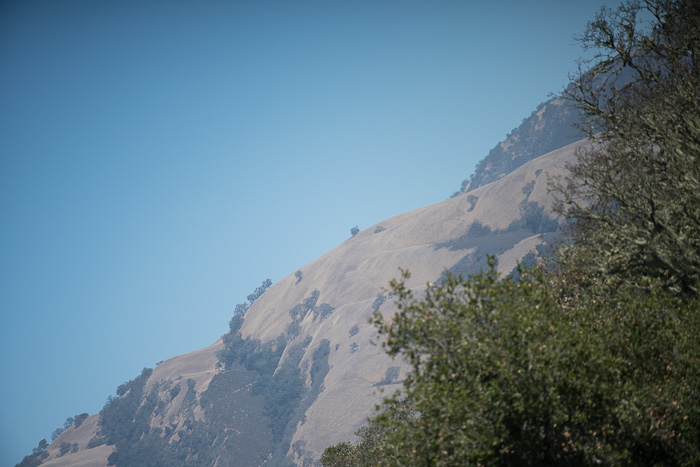
and stopped down to the Sony’s widest aperture:
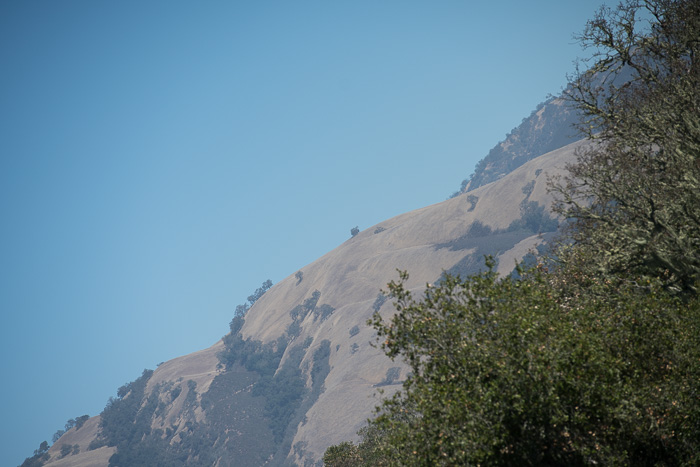
Here’s the Sony wide open:
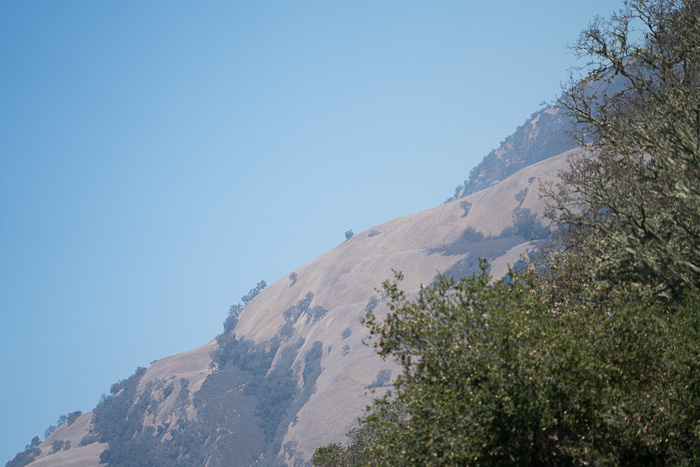
The Sony has more even coverage. The shooting positions are not quite the same because I used the rotating collar of the Nikon lens, and mounted the camera directly to the tripod with the Sony lens, since I have — I hope temporarily — misplaced the Sony’s collar.
The horizon line provides a low contrast distant scene.
An aperture series in the center, magnified to 300%:
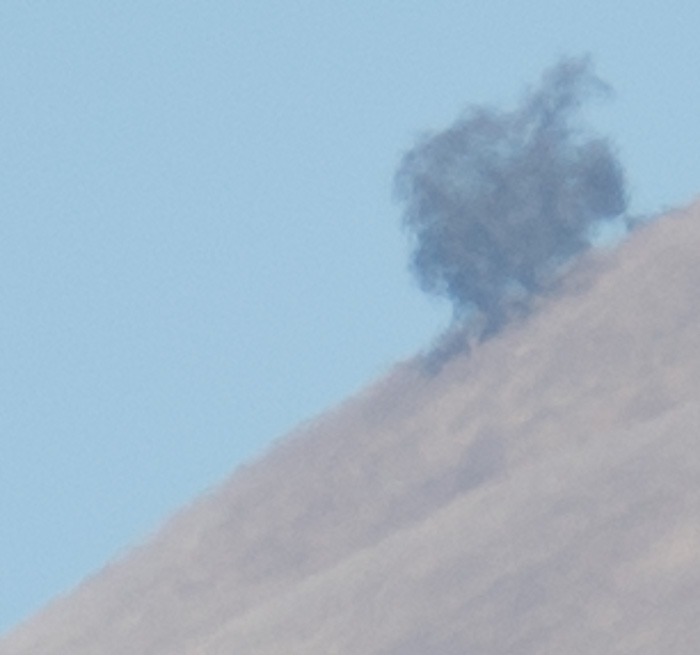
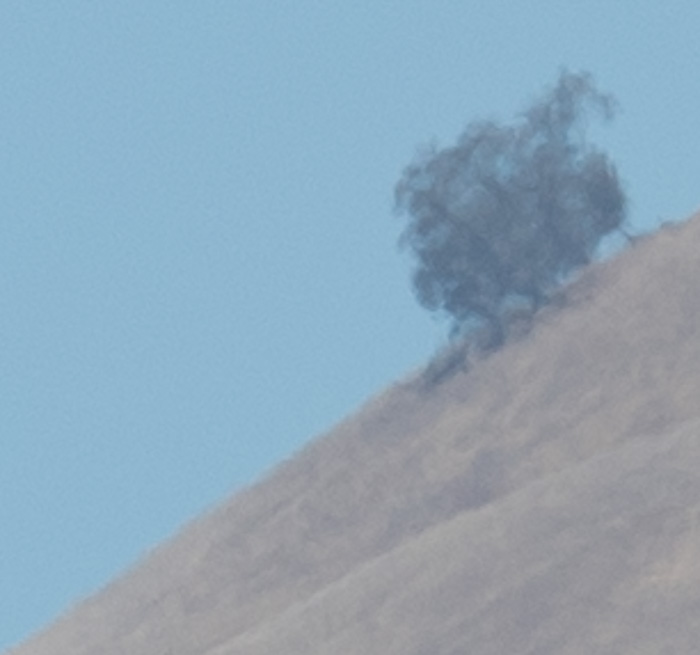
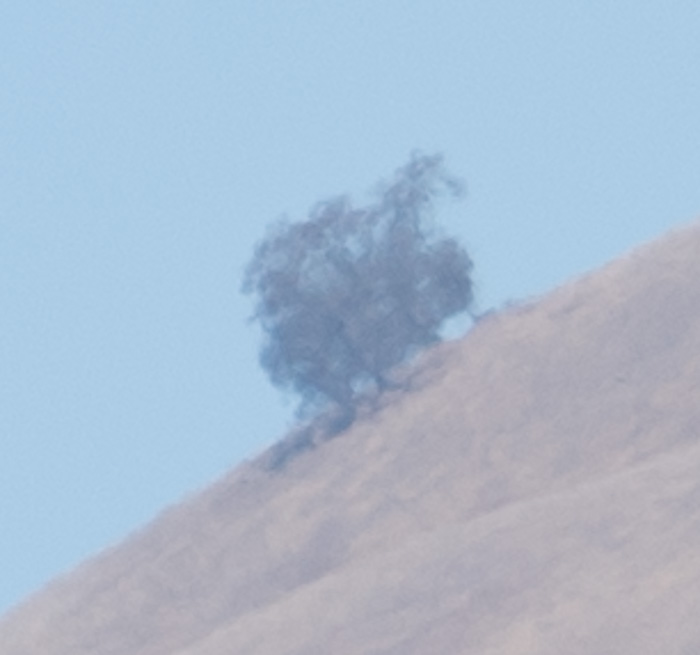
The Nikon f/2.8 image is, as you’d expect, softer than the f/4 one. There’s not much to choose between the two f/4 images. If pressed, I’d give the nod to the Sony, but the differences are too small to be relevant to real-world photography. Note that the Nikon’s transmission is slightly lower than the Sony’s.
Continuing:
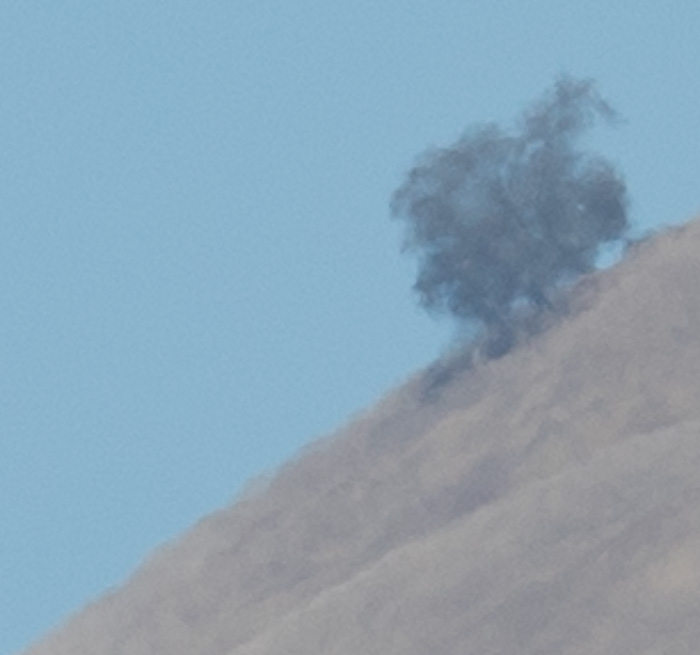
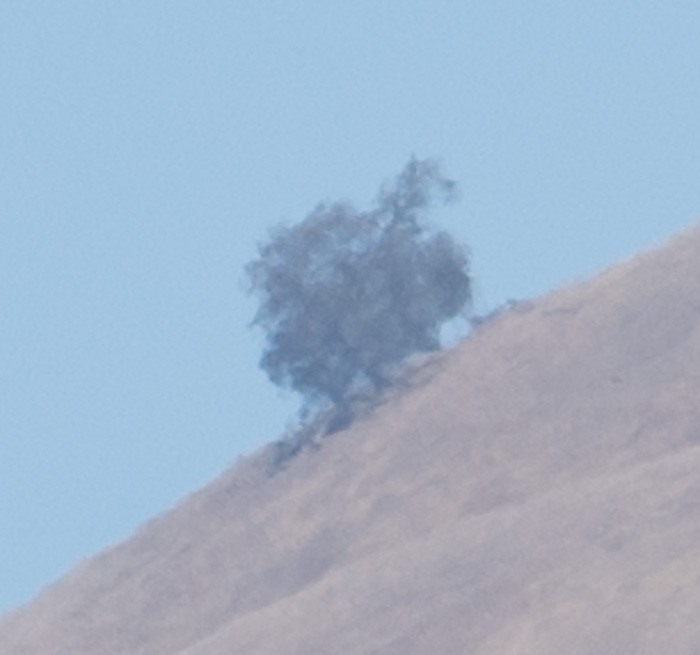
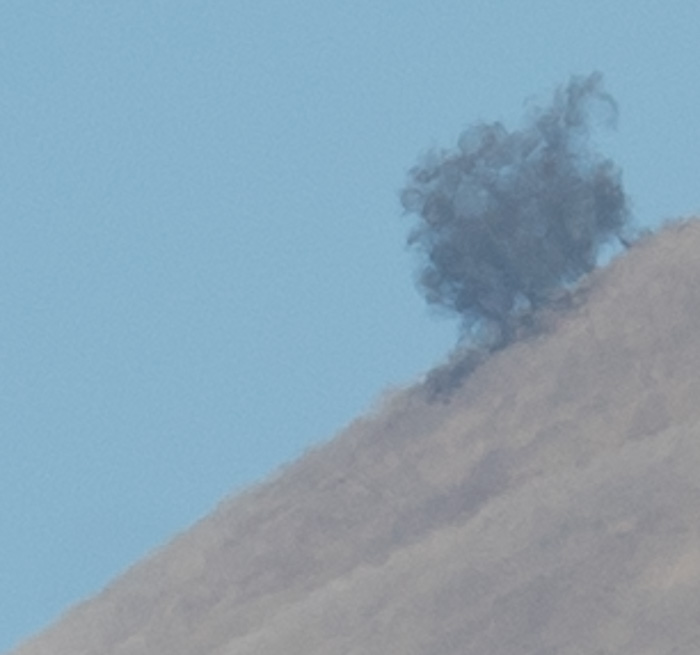
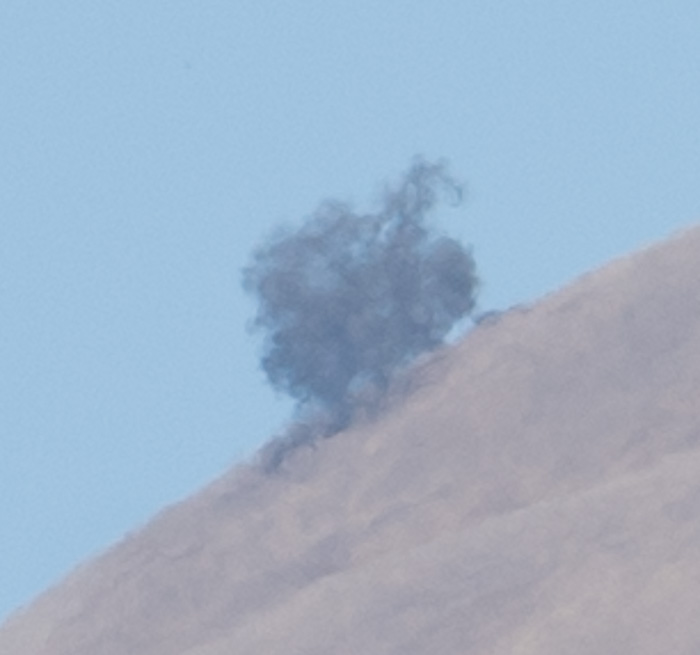
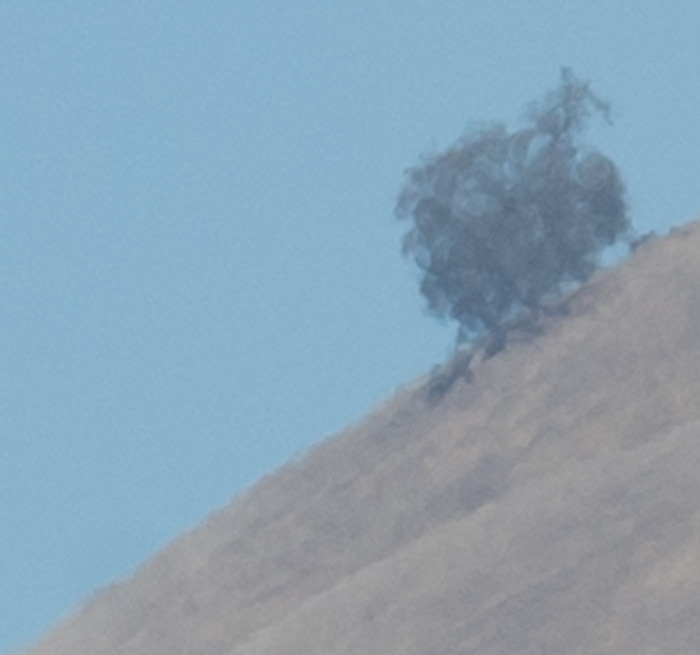
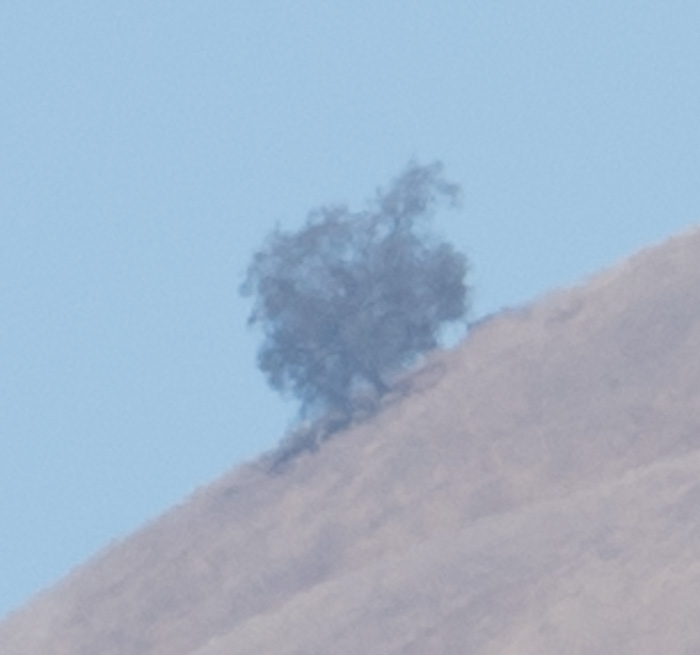
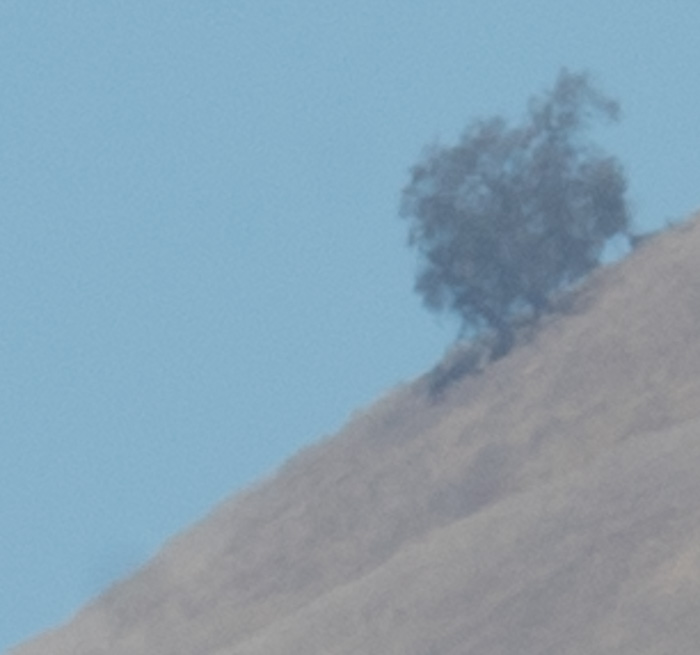
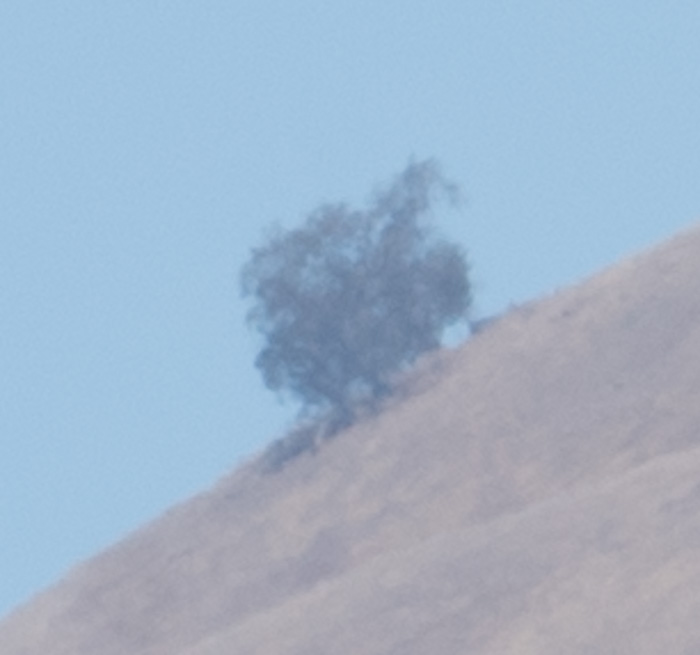
Not much difference at all.
In the corner:
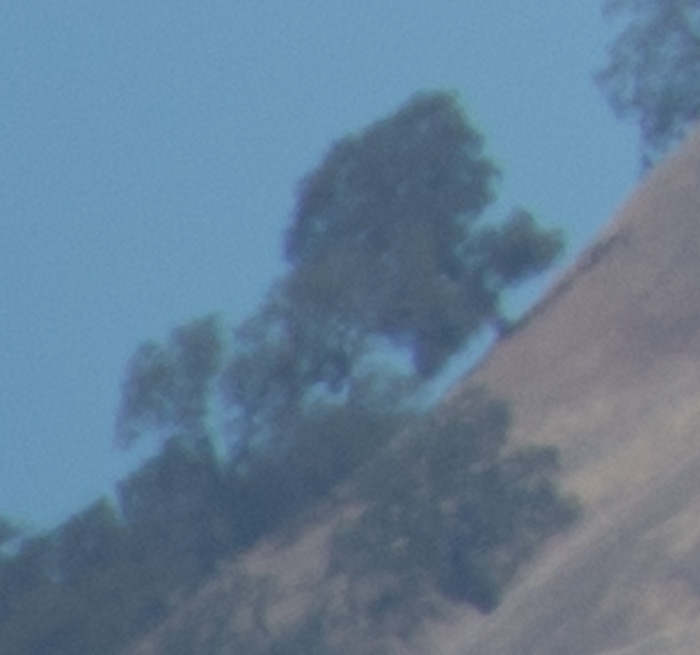
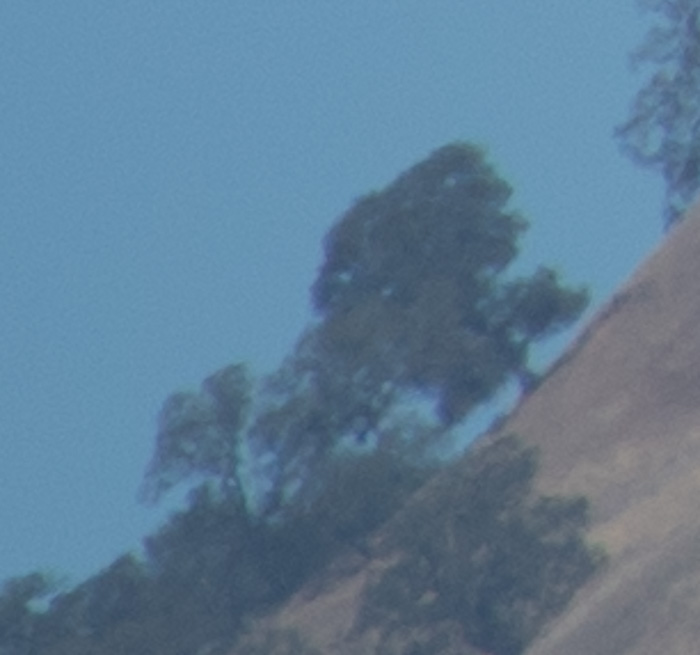
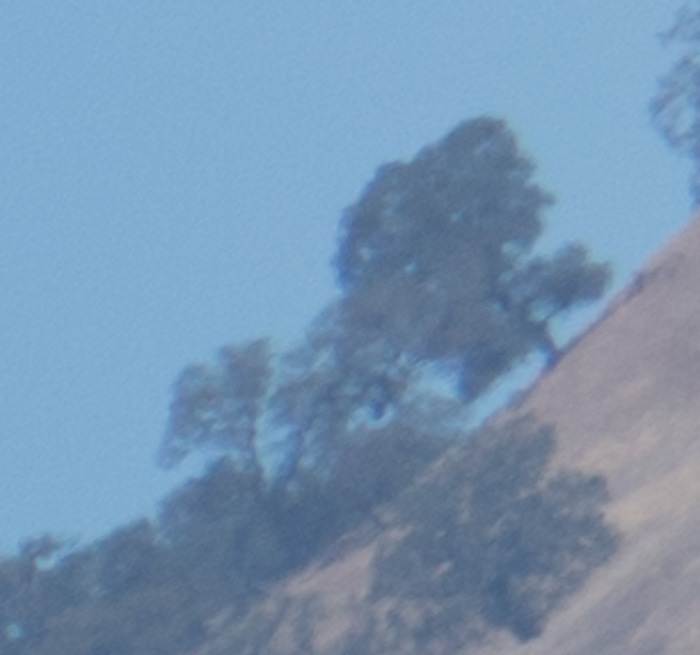
The corners are not as sharp as the centers, and maybe I’d give the nod to the Nikon at f/4, but it’s really close.
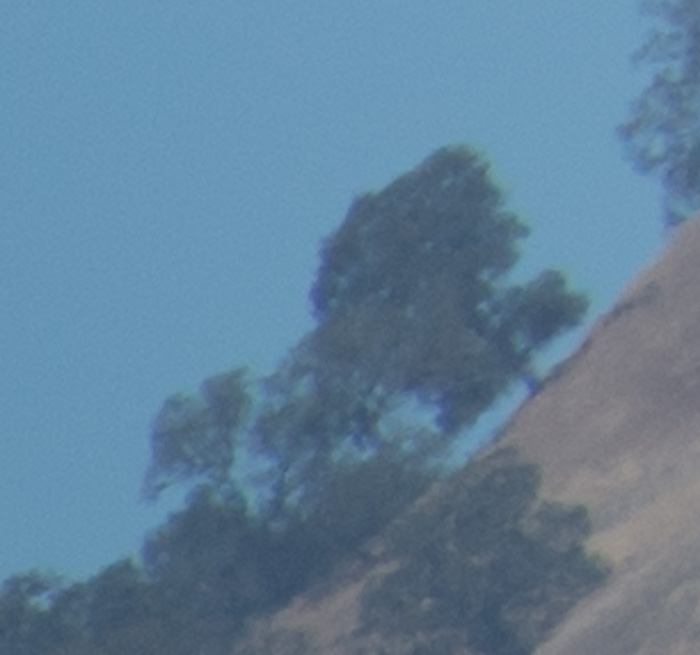
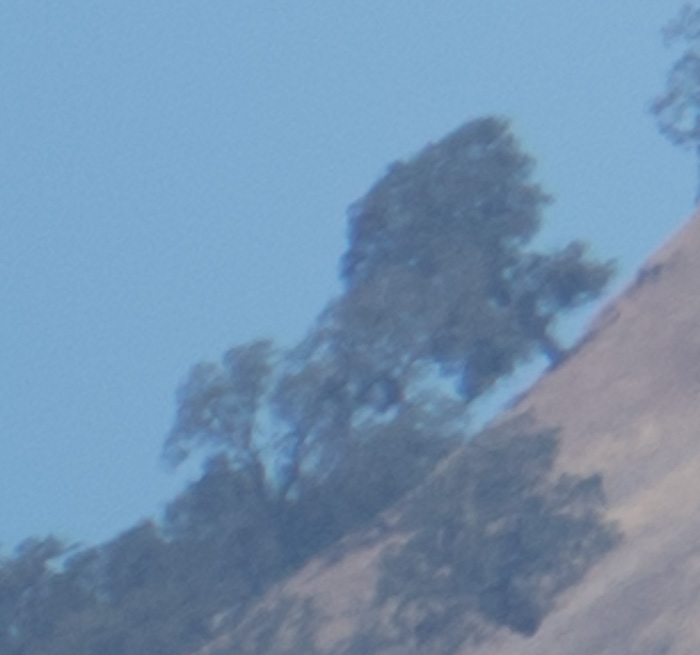
Now the Sony is a little sharper. Still real close.
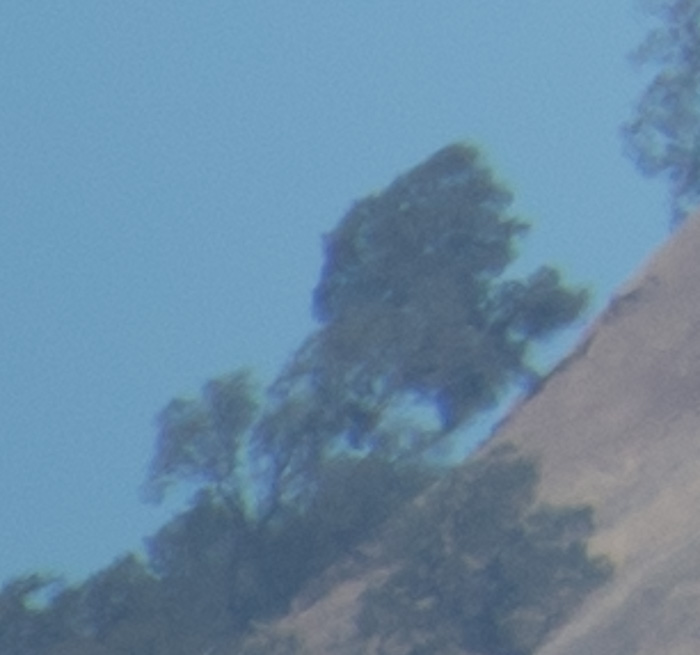
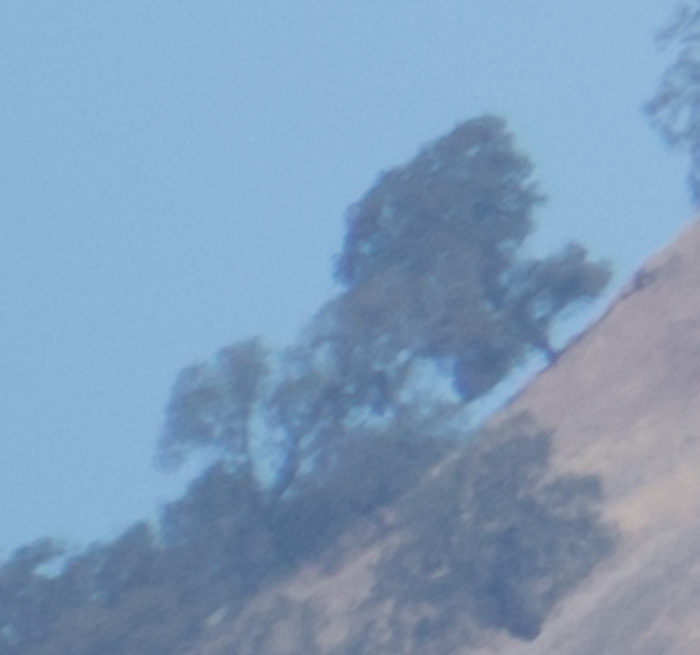
A tie.
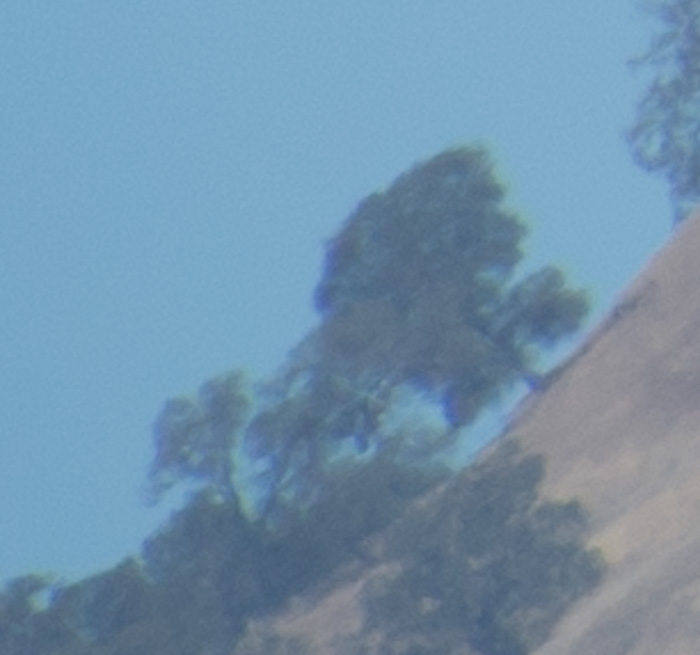
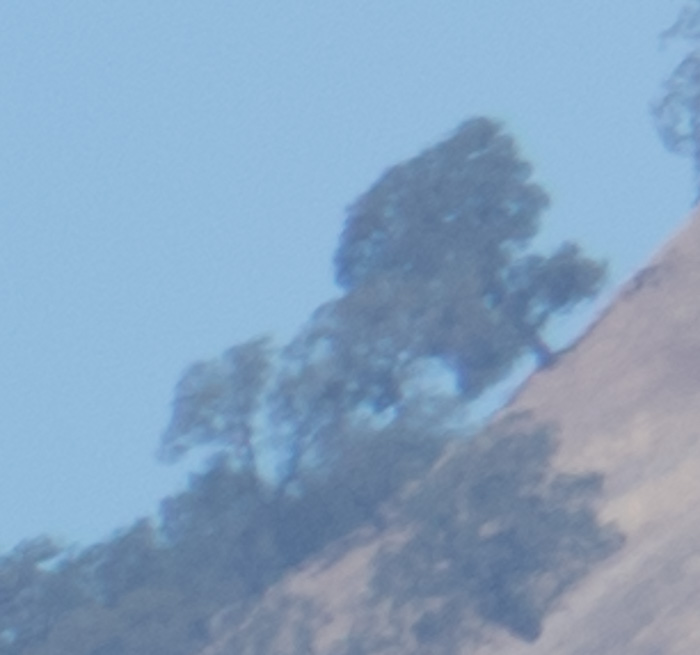
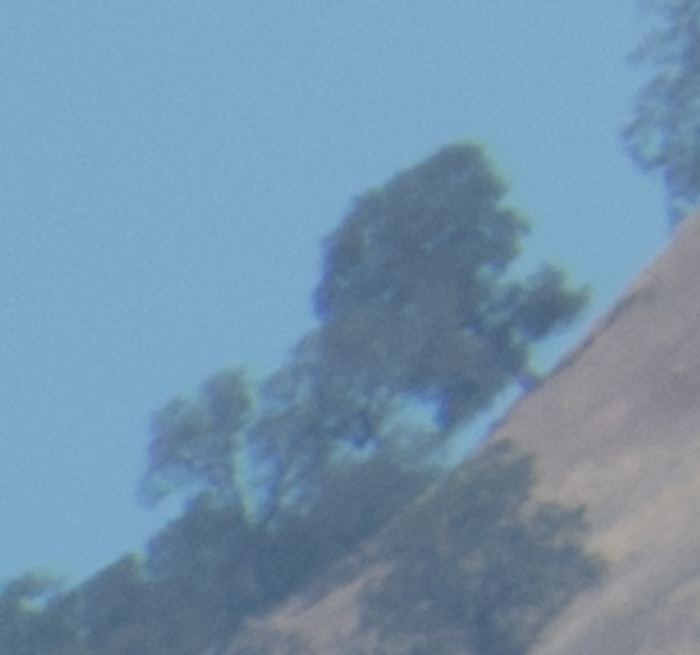
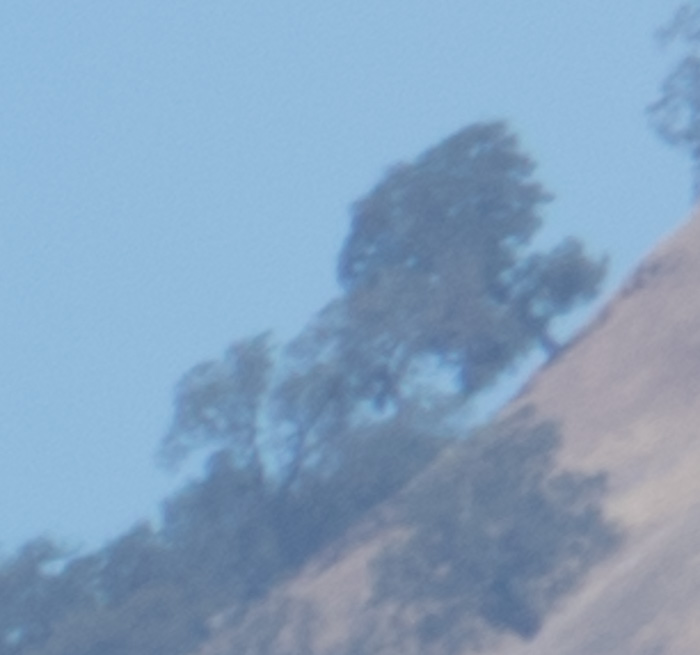
Not much to choose there.
Jim,
With all due respect, I find these ‘this leaf is sharper than that leaf’ testing too subjective to be of any use. The 2nd issue is that my tests were conducted as a system. The A7r with the OSS 70-200 and the D810 with the VRii 70-200.
Isn’t it established that Sony lenses are optimized for the Sony sensor and vice versa. (although more skewed against WA due to Sony’s sensor lenses and thickness. Putting the Nikon on the Sony is a little like putting P-Zero’s on a Prius.
For years, I tried to get a decent photo of a bird (any bird) with a Sony and combination of Zeiss and Nikon glass using Novoflex adapters. Not one ever was worth sharing.
The same glass put on the Nikon D810 resulted in ‘too easy’ of results. If I want a NatGeo worthy bird photo it’s as easy as pointing and shooting.
You have Imatest and could conduct the exact same test and with a large slant edge target that you could make or have printed for a nominal fee.
Many astute reviewers have come to the conclusion that the A7rii is ‘not there yet’, has too many landmines or is in the 90-95% of IQ of the still champion D810.
For me, someone who is unwilling to compromise on IQ when it comes to FF; the D810, 21mm Distagon, Otus 55 and 85, and Apo-Sonnar 135 represent the best of what’s possible today.
While this test’s absolute scores are invalid (above Nyquist because of C1’s aggressive sharpening, the relative scores are valid.
This was another case when the Nikon system give about 19% higher resolution than the Sony.
Additionally, acquisition time was BETTER with the Nikon than the Sony. Which was completely unexpected!
Not only that, the Nikon with a 3x loupe can discern better than Sony’s EVF.
Sadly, I make the case with a ‘this thread looks sharper than that thread’ comparison. LOL
Maybe you’re forgetting how good the D810 really is.
I don’t even touch the A7r any more. It’s worth is pretty much reserved for taking snapshots for Craigslist photos.
Any chance you have a bum Nikon lens ? The differences have always been apparent to me. The Sony could pull close on resolution at 5.6 but the color issues with Sony in general made it problematic for me. Add in the slow AF, slow shutter and I really got no results in 1000s of tries. Nikon, too easy.